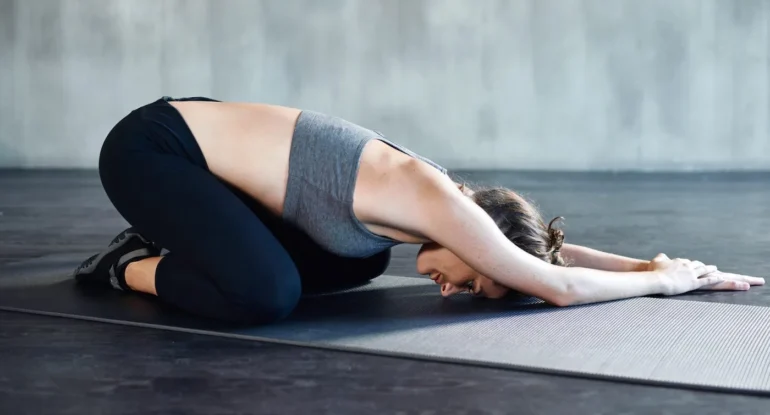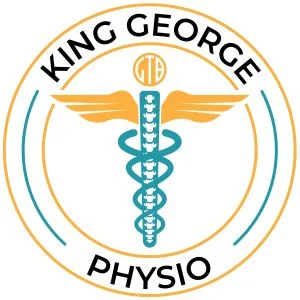13588 88 Ave #202, Surrey, BC V3W 2P5
Welcome to King George Physio!
-
Call for help: (604) 503-5682
-
Welcome to King George Physio!
Call for help: (604) 503-5682

Lower back pain is a common issue that affects millions of people worldwide. Whether it’s due to long hours of sitting, poor posture, or heavy lifting, spinal compression can lead to discomfort and reduced mobility. Learning how to decompress the lower back can relieve pressure, reduce pain, and restore flexibility.
At King George Physiotherapy and Rehab Clinic, our expert team specializes in spine health and offers practical tips and treatments to keep your back strong and healthy.
Lower back decompression refers to techniques that relieve pressure on the spine and surrounding muscles. When spinal discs compress, it can lead to pain, stiffness, and even nerve issues like sciatica. Decompression helps create space between the vertebrae, reducing strain and improving circulation.
– Relieves back pain and stiffness
– Improves posture and flexibility
– Reduces pressure on spinal discs
– Enhances blood flow to the spine
– May reduce risk of chronic pain
A stability ball is great for gentle stretching:
– Sit on the ball with feet flat on the floor.
– Slowly roll forward, allowing your body to drape over the ball.
– Hold for 20–30 seconds.
– Lie on your back.
– Pull one knee toward your chest.
– Hold for 20 seconds and switch sides.
– Kneel on the floor.
– Sit back on your heels and stretch arms forward.
– Relax and breathe for 30 seconds.
– Lie on your back with knees bent.
– Gently tilt your pelvis upward, flattening your back.
– Hold for a few seconds and repeat 10 times.
If comfortable, hanging can relieve spinal compression:
– Grab a pull-up bar with both hands.
– Hang for 10–20 seconds, keeping muscles relaxed.
If you experience:
It’s time to consult a professional. If your pain doesn’t improve with home exercises, consider professional physiotherapy for back pain. Our expert physiotherapists provide personalized treatments to relieve pain and improve spinal health.
For more advanced cases, you might benefit from spinal decompression therapy. This non-surgical treatment helps relieve pressure on spinal discs and nerves for lasting relief.
Start Your Recovery with Physiotherapy
Decompressing your lower back can significantly reduce pain and improve mobility. Incorporating these exercises into your daily routine can make a big difference. If your pain persists, don’t wait—book an appointment with our specialists today and start your journey to a pain-free life.
It depends on your condition and method. Regular stretching can show results in a few weeks.
Yes, exercises like Child’s Pose or Knee-to-Chest stretch are effective without equipment.
Most people can benefit, but consult your doctor if you have severe back issues or recent injuries.
Yes, it helps relieve spinal pressure, but avoid it if you have shoulder injuries.
It depends on your condition and method. Regular stretching can show results in a few weeks.
Yes, exercises like Child’s Pose or Knee-to-Chest stretch are effective without equipment.
Most people can benefit, but consult your doctor if you have severe back issues or recent injuries.
Yes, it helps relieve spinal pressure, but avoid it if you have shoulder injuries.

King George Physiotherapy and Rehab Clinic is a trusted provider of quality physiotherapy care, focused on effective, personalized treatment that is both affordable and evidence-based. With 9 years of experience and a patient-first approach, the clinic has earned lasting trust through compassionate care and consistent outcomes. King George Physiotherapy continues to advance in the field of rehabilitation, helping individuals restore mobility and improve their quality of life.